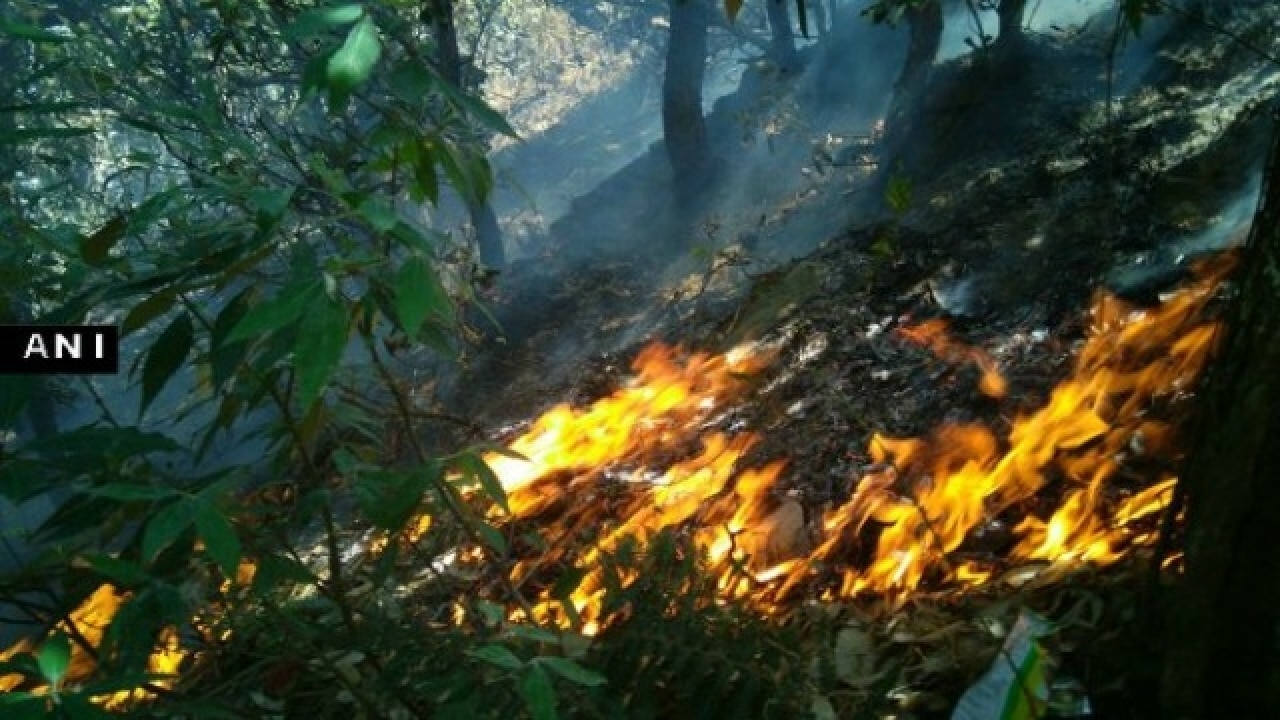
Though fires have been ravaging Uttarakhand’s forests for nearly three months, central and state authorities have woken up to the damage far too late. Only after several of these localised fires coalesced and damaged flora and fauna in six Uttarakhand districts, has the issue received the attention it deserved. According to conservative estimates put out by the environment ministry, at least 1,900 hectares of forest have been lost to the 1,233 incidents of forest fires in April. There is agreement among environmental experts that this year’s mild winter, which was characterised by above-normal temperatures and absence of rainfall, and the intense summer that has followed, are responsible for the fires spreading far and quick. There is also considerable speculation that these fires could be the handiwork of land and timber mafias. However, it is common among local communities to resort to burning the undergrowth for undertaking agricultural activities. Often, forest fires can break out inadvertently too, through lightning and spontaneous combustion of dry fuel like dry leaves and cones and scrub jungle, or through human beings carelessly lighting cigarettes or cooking fires.
Whatever be the cause of the Uttarakhand fires, the fact is that the prolonged dry climate, high temperatures, and the lack of moisture in the air have caused these fires to spread rapidly. The mountainous terrain also makes fire-fighting operations difficult. Across India, there have been an estimated 20,000 forest fire incidents this year. With climate patterns becoming increasingly erratic, states with significant forest cover must invest more in capacity building. Despite the availability of satellite imagery that helps to track forest fires, the coordinated action necessary to fight the fires was missing in Uttarakhand. The state clearly did not have the capacity to deal with the fires, forcing the Centre to press the National Disaster Response Force into operations. The NDRF has now confirmed, using satellite imagery, that the fires have now been restricted to around 100 locations, significantly down from 427 at which fires were blazing earlier. According to media reports, a 6,000-strong force comprising the NDRF, fire-fighters, police, forest guards, hired labourers and volunteers have now been pressed into service.
In the US and Canada, specialised aerial fire-fighting aircraft are used to drop water, foam- and gel-based water enhancers, and other fire retarders. However, in Uttarakhand, authorities were compelled to enlist Indian Air Force helicopters to douse the fires with water. Though the fire-fighting effort appears to be bearing fruit in Uttarakhand, the scale of improvisation that is on view is no substitute for preparedness. Fighting wildfires can no longer be reduced to tactics that resemble an afterthought rather than pro-active actions. The role of forests as carbon sinks and the cradle of most rivers in India make it imperative for authorities to take aggressive steps to prevent the destruction of forests by wildfires. Forests, by their very nature, are also located in underdeveloped areas, which coupled with the adverse topography, makes fire-fighting a major challenge. In this context, those on the frontlines — forest guards and rangers — become important. Their complaints of not being provided gear like extinguishers, fire retardant chemicals, fire-proof clothing, and water tankers to fight fires reveal how the fire spread to unmanageable proportions. According to the Forest Survey of India, there are fires currently raging in 19 districts in Himachal Pradesh, Jammu and Kashmir, Chhattisgarh and Odisha. India’s unspent funds for compensatory afforestation amount to Rs42,000 crore with Rs6,000 crore accruing annually. Funds are clearly not the problem. Equipping forest guards with the
tools they need will instill the motivation needed to fight fires and save forests.